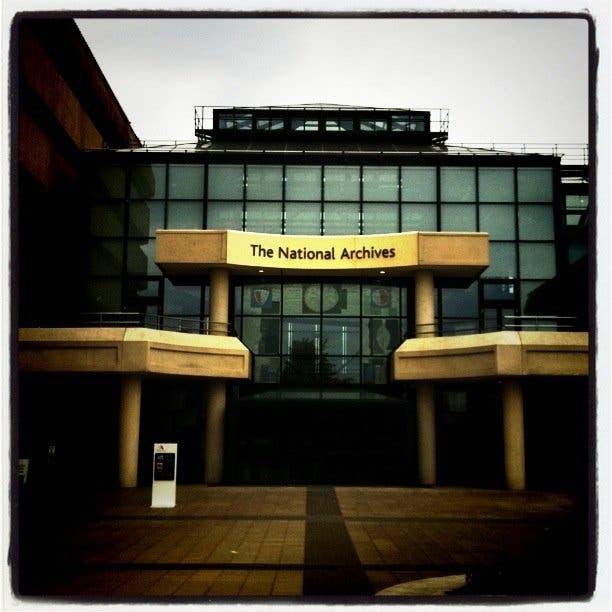The Keepers Of All Games
How to preserve a medium that does not value its past.
The National Archives, Kew: home to records, documents and other ephemera of cultural importance. It may be a short distance from the grime and bustle of Westminster, where Britain's future is cut and shaped daily, but to enter its leafy grounds is to press pause on that work. Instead, it offers a chance to reflect upon and study the notable detritus of our past, a national Wikipedia made of bricks and mortar, where history is held and filed in neat, curated rows.
It's here that Iain Simons and James Newman, co-founders of the National Videogame Archive project, have called a meeting to discuss their efforts to preserve the digital heritage of the interactive entertainment industry. It's a poignant choice of venue. For all the great many things preserved at The National Archives, not one is a video game.
A Link To The Past
"In part, it's because of the self-destructive nature of video games," says Simons attempting to explain why there has been no successful effort to preserve the medium's past to date. "The games industry has created a cycle where it actively chooses to de-value its own heritage. It has, in fact, created business cycles entirely predicated around the idea that new stuff is better than old stuff. The next game is always the best game. Logic tells us that old games should disappear because the new ones are the only ones that are relevant. It's not even an upgrade culture: it's an obsolescence culture."
To illustrate his point Simons pulls out a paper bag, emblazoned with the video game retailer Game's logo. The idea, he explains, is that consumers grab one of these bags from one of Game's stores, take it home and place their old games in it, ready to trade in for new ones the next time they visit. "It looks like a sick bag," observes Newman. "It's a cross between cash-for-gold scheme and a receptacle for digital vomit."

"There is a churn in the games industry of something that was once valuable at its point of sale that then becomes inevitably recyclable," says Simons. The trade-in economy writes out the value of old games, he argues. "There becomes an urgency to get something played as quickly as possible before it turns to worthless rubbish in your hands. The obsession with pre-owned games alongside the astonishing depreciation of games in the pre-owned market is something that is particularly influential in focusing players on the future and discarding, or at least devaluing the past."
While the sense that old games are little more than currency to be used in purchasing new ones is built into the contemporary retail landscape, for Newman it's also built into the development cycles of our industry. "We have become used to thinking about videogames as hardware and software rather than cultural products. We talk about them in marketing and advertising in the same way we talk about Windows or Office.
"Even when games are reviewed we often see talk of 'graphics' and 'audio'. We focus on the technological. We obsess about polygon fills and screen resolutions. We look at how much more 'photorealisic' the characters are in the sequel compared with the original. So often, we invoke old games and old games systems as benchmarks by which we judge how much better, faster, wider, the successor is."
Indeed, of the 40 or so people in attendance at the presentation, only two of us are journalists. Everyone else works for the National Archives. It's a clear illustration of the institutional disinterest in our medium's heritage at every level of the industry, from publisher to retailer, to consumer to press. Who would want to read about bygone games? We are taught that they are old, obsolete, worthless.








